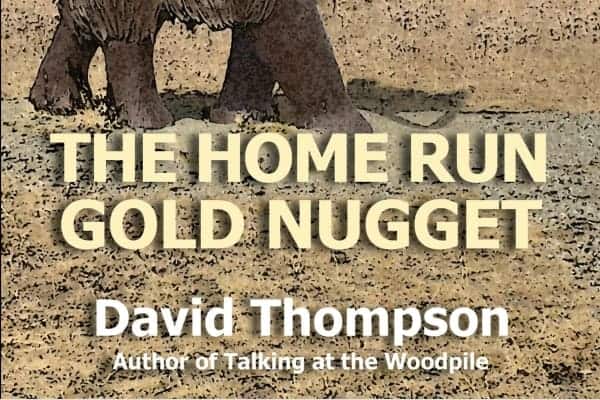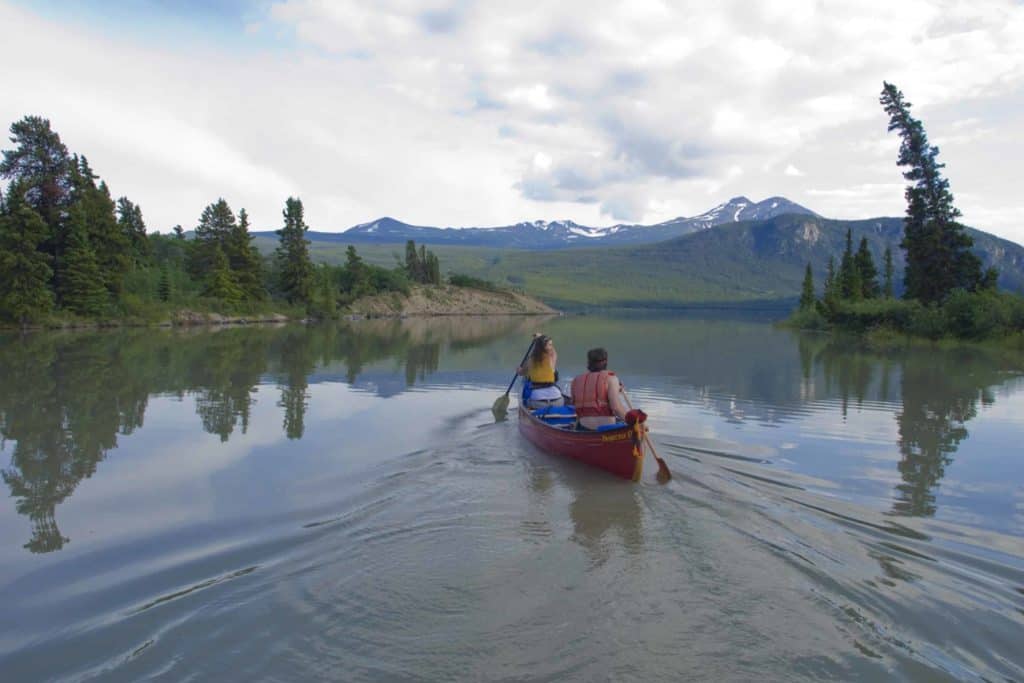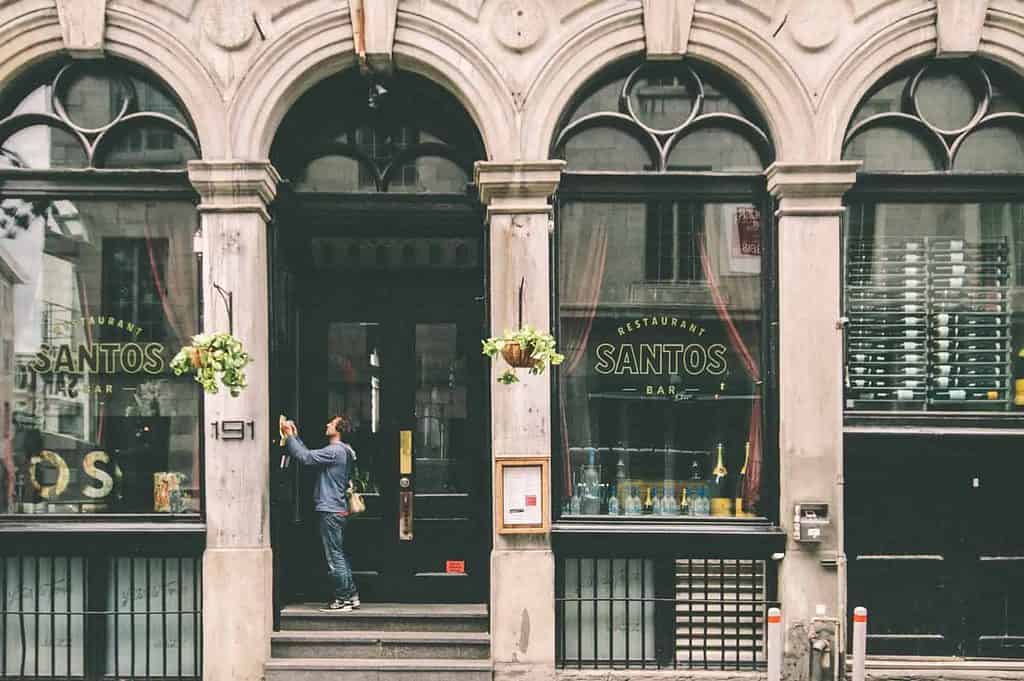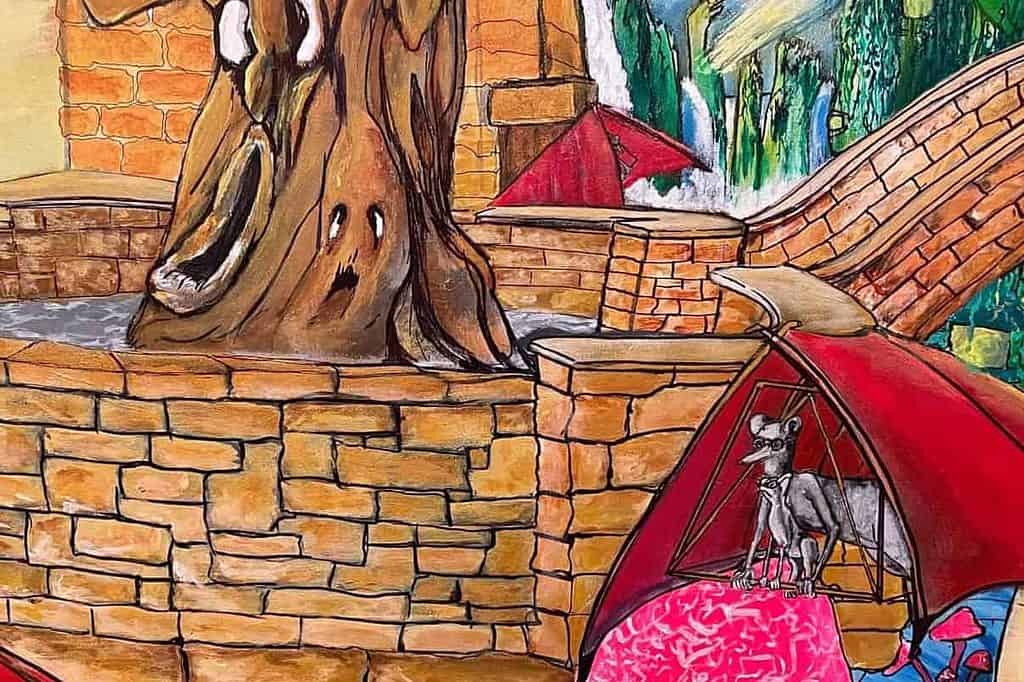Peter Steele begins this book by defining his terms and setting the stage. “’Meander’ in the Oxford English dictionary reads ’To wander at random, winding sinuously,’”
This is very definitely what happens in this book, which chronicles the number of journeys, Peter began in 1985. At the time, he was 50. His marriage to Sarah, his wife and travel companion, was 25 years old. They journeyed every couple of years for the next decade, until Sarah’s death in 1995. Following that, there was one more journey that he took with a good friend in 1998.
Peter may have been born with a wandering foot. Born in London, he had lived and worked there, in Nepal, Labrador, Suffolk, Bristol, Mount Everest and finally in Whitehorse. He still lives here in retirement, except for forays to Atlin about which he has written an entire book, the first of his that I ever read.
When not working as a doctor, he and Sarah travelled, spending time in various parts of China, India, Bhutan, Tibet, South America, lots of Europe and the Sahara.
Peter likes to walk, ride a bicycle (lots of that in this book), mush and ski.
The journeys in this book are mostly about the pair of them deciding to revisit places they have been before, so it begins with a trip to China. As with each section of the book, there’s a simple sketch map to give an approximate idea of where they went.
The Steeles liked to travel both lightly and frugally. This shows in all of the narratives. They travelled with less baggage than we use to go between Whitehorse and Dawson. Sometimes this trips them up, as when they were robbed or cheated by locals.
Near the end of their China stay, they found they could get into Tibet, which they had not been allowed to do the last time they were in that part of the world, so they jumped at the opportunity. Perhaps because it was new to them, this is one of the larger sections of the book.
The first odyssey concludes with a tour of India, where they had worked and knew a few people they wanted to visit. This meant that some of their accommodations were a step up from the sorts of places they’d found while not travelling the usual touristy routes. The way they travelled, a good bath or shower was often a luxury.
The next trip, four years later, was to Africa, mostly the southern and eastern parts. The trip followed the usual meandering pattern, avoiding high-profile tourist spots and sometimes taking off on tangents, exploring bits of Zimbabwe, Lesotho and South Africa.
In 1993, the trip began with Peter teaching environmental wilderness medicine on a small cruise ship sailing close to Antarctica. He saw a lot of penguins before docking at the tip of Argentina and, as Peter put it, in phrasing that encapsulates much of their travel experience, abrogating “cruise ship luxury for the reality of the road—grotty hotels, buses with no leg room, faucets that dripped, cracked basins and the thousand natural shocks the Overland traveler is heir to.”
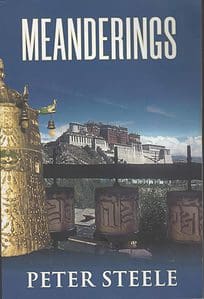
Tis not, to continue borrowing from Hamlet, a way of travel devoutly to be wished by most folks, but one which the Steeles did desire.
They meandered up through Chile and Patagonia, particularly interested in the areas that had been settled by the Welsh, as Peter had spent part of his childhood in Wales.
There was every intention of doing more travelling together, but Sarah, who had been ill for some time, died in 1995.
In 1998, Peter set out with Rod Tuck, an old friend, to retrace some of the journey his grandfather, a Presbyterian missionary, had followed when travelling from China to home in Britain. It was to be largely a trip by train, along the old Silk Road route, what might well be a three week journey “to hell (and hopefully back) and a good chance of ending our long and happy friendship.”
It was not without its moments of acrimony, this 20,000 mile odyssey, but Peter records that their attempt to live on $10 a day ended with them still speaking to each other.
A sketch map shows the route, east from Russia to China, north to Beijing, through Mongolia and Siberia, back to Moscow, and west to Latvia, all by rail, although the travelling conditions were often no better than those buses in India, Africa and South America.
“We were rarely bored, our friendship was strengthened, and we had seen, albeit superficially, a huge portion of the surface of the northern hemisphere.”

